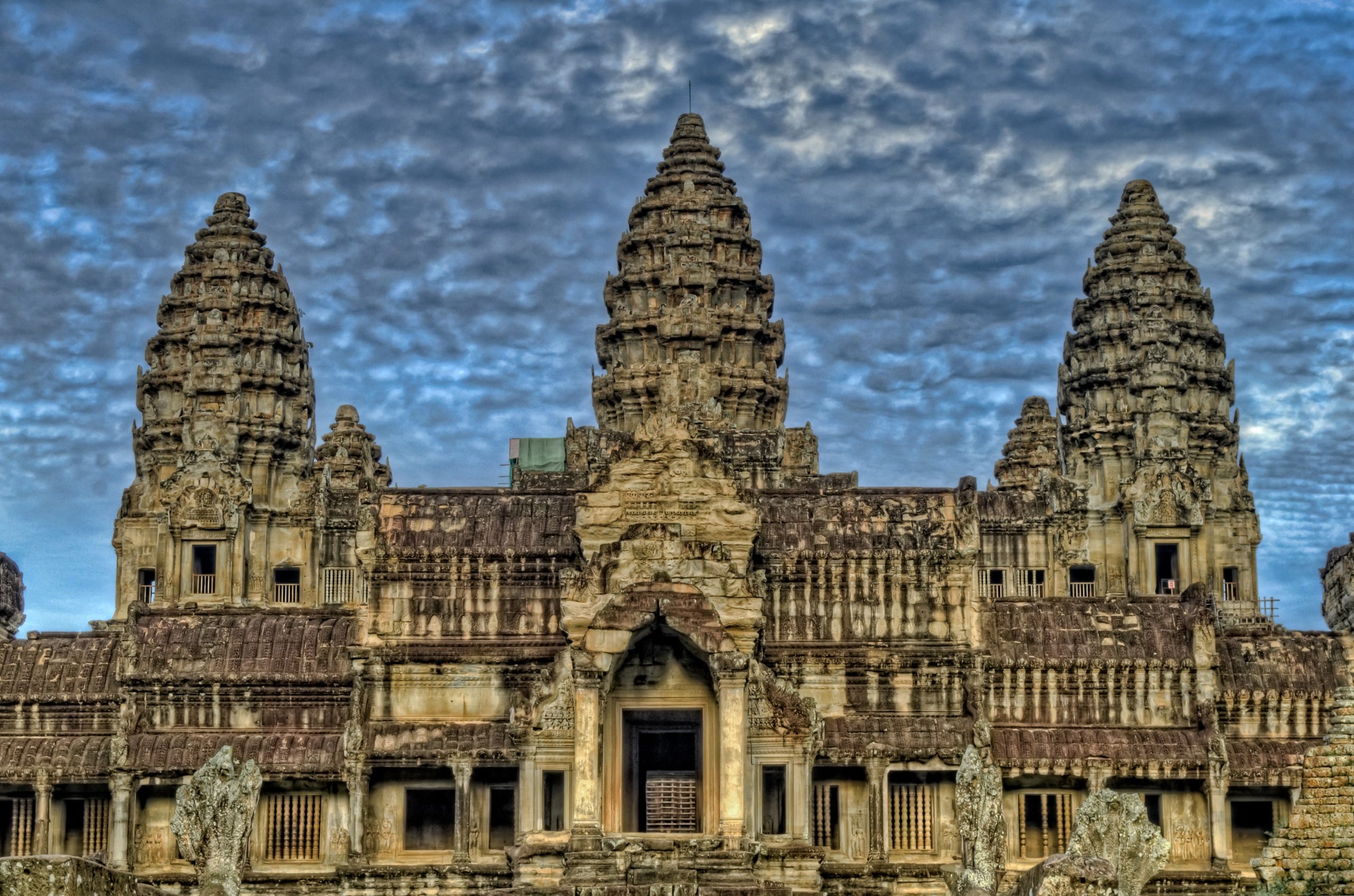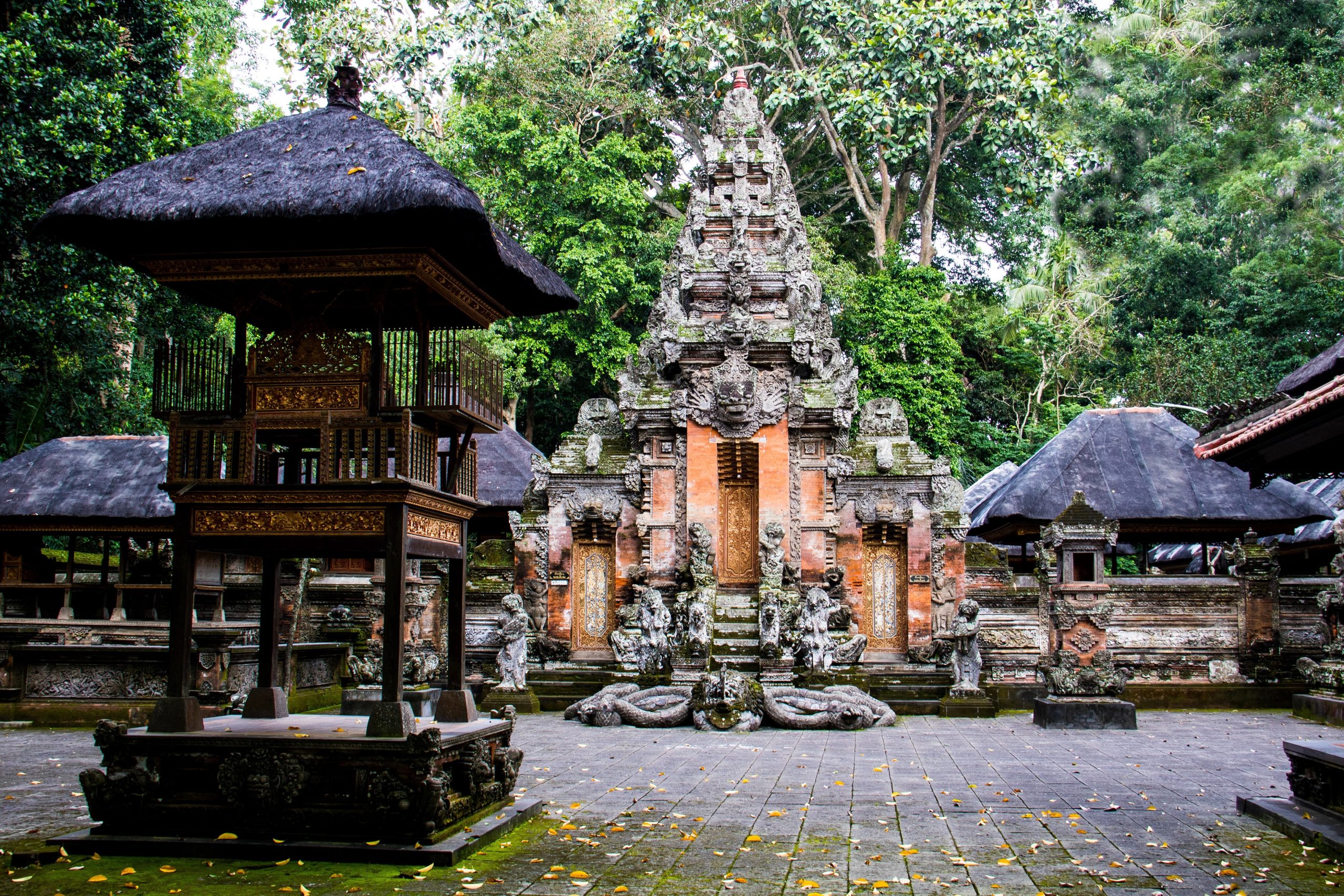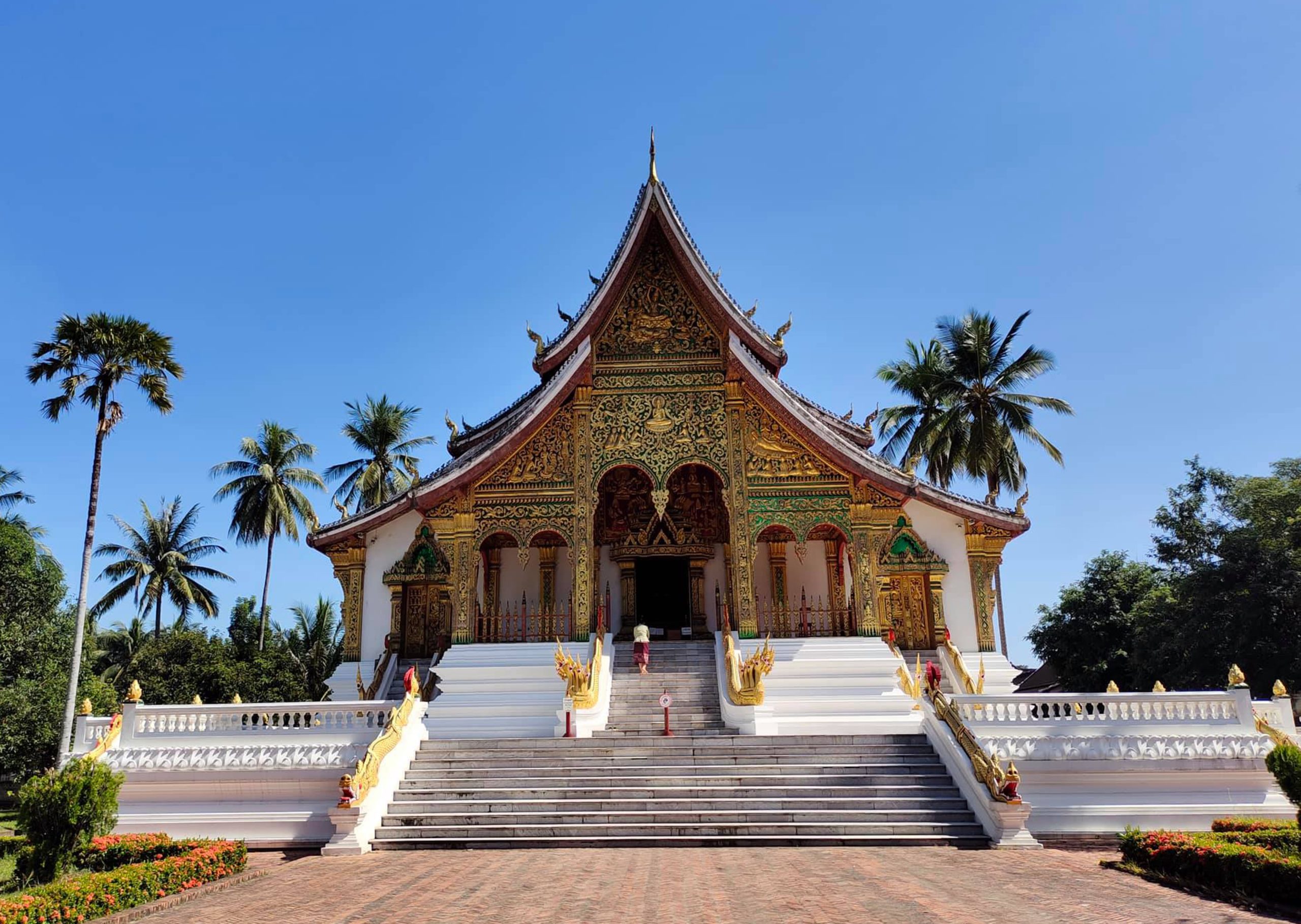Exploring Spiritual Treasures: A Journey through Cambodian Temples
Welcome to the mystical land of Cambodia, where history and spirituality converge to create an awe-inspiring tapestry of ancient temples and rich culture. Cambodian temples are not merely architectural marvels; they are windows into the soul of a nation that has endured centuries of tumultuous history and emerged with its spirituality intact. In this travel blog, Green Sun Travel will delve into Cambodian temples culture and unveil the top 10 must-visit temples that will leave you spellbound.
Cambodian Temples Culture
Spiritual Heartbeat of Cambodia:
Cambodian temples are not just physical structures; they are the very soul and essence of the nation. The heart of Cambodia beats to the rhythm of spirituality, and this heartbeat resonates most powerfully within its temple compounds. At the core of Cambodian temple culture lies Theravada Buddhism, which has been intricately woven into the fabric of Cambodian society for over a thousand years.
Theravada Buddhism, the dominant religion in Cambodia, is a deeply rooted belief system that emphasizes the path to enlightenment through self-discipline, meditation, and moral conduct. The temples, in turn, play a pivotal role in facilitating these practices. They are sanctuaries for worship and meditation, providing a serene environment for individuals to connect with their inner selves and the divine.
Beyond their spiritual significance, Cambodian temples also serve as centers of community life. They are gathering places for religious festivals, ceremonies, and cultural events. These communal activities strengthen the social bonds among Cambodians and reinforce their shared cultural identity. The temples act as beacons of hope, compassion, and unity in a country that has faced its fair share of challenges throughout history.
Architectural Marvels:


Stepping into a Cambodian temple is like entering a realm where time itself seems to have paused. The architectural marvels that grace the Cambodian landscape are a testament to the Khmer people‘s extraordinary skill, creativity, and devotion. These structures are not merely places of worship; they are expressions of the Khmer culture’s profound connection with the divine.
Intricate carvings adorn the temple walls, telling stories of gods, heroes, and everyday life in ancient Cambodia. These bas-reliefs serve as visual narratives that help convey the teachings of Buddhism to the illiterate and serve as a rich source of historical and cultural information.
The towering spires of Cambodian temples, often shaped like lotus buds or stupas, reach for the heavens. They symbolize the aspirations of the faithful to transcend the earthly realm and attain enlightenment. The meticulous craftsmanship that went into creating these spires, along with their spiritual symbolism, makes them a sight to behold.
Sprawling temple complexes like Angkor Wat, Ta Prohm, and Bayon are not just feats of architecture; they are living history lessons. Many of these temples have earned the distinction of being UNESCO World Heritage Sites, recognizing their global significance and the need to preserve them for future generations.
As you explore these temples, you’ll be transported back in time, marveling at the artistry of the past while gaining a profound appreciation for the spiritual and cultural heritage that continues to thrive in Cambodia today. These temples are not just ancient stones; they are living expressions of Cambodia’s enduring spirit and the boundless beauty of its culture.
10 must-visit Cambodian temples
Angkor Wat:
Angkor Wat is Cambodia’s most iconic and globally recognized temple. Often referred to as the “Crown Jewel” of Cambodian temples, it is a true masterpiece of Khmer architecture and a UNESCO World Heritage Site. What sets Angkor Wat apart is its sheer scale and grandeur. As the world’s largest religious monument, it towers majestically over the surrounding landscape, exuding an aura of divine presence.
The temple’s stunning architecture combines intricate bas-reliefs with towering spires, creating a harmonious blend of artistry and spirituality. Its bas-reliefs depict scenes from Hindu mythology and historical events, providing an invaluable glimpse into Cambodia’s past. At sunrise or sunset, the reflection pools in front of Angkor Wat create a serene and mesmerizing view, making it a must-visit destination for photographers and spiritual seekers alike.
Bayon Temple:
Located within the heart of Angkor Thom, Bayon Temple is renowned for its enigmatic smiling faces carved into stone. These colossal faces, believed to represent bodhisattva Avalokiteshvara or King Jayavarman VII himself, create an atmosphere of mystery and intrigue. Bayon is a captivating place to explore, offering intricate carvings, hidden passageways, and a sense of timelessness that transports visitors to Cambodia’s distant past.
Ta Prohm:
Ta Prohm, often called the “Jungle Temple,” is a unique and surreal experience where nature and history have intertwined over centuries. Massive tree roots have grown over and around the temple walls, creating an otherworldly and photogenic atmosphere. It’s as though the temple has been cradled by the embracing roots of ancient trees, giving it an Indiana Jones-style adventure feel. Ta Prohm’s captivating blend of architecture and nature is a testament to the relentless march of time.
Banteay Srei:
Known as the “Citadel of Women,” Banteay Srei stands out for its intricate red sandstone carvings. Despite its smaller size compared to some of Cambodia’s other temples, Banteay Srei is no less impressive. The delicate and finely detailed carvings on the temple’s walls showcase the exceptional craftsmanship of the Khmer people. It’s a testament to the artistic and architectural prowess of the time.
Preah Khan:
Preah Khan is a sprawling temple complex that beckons adventurous explorers. Its captivating galleries, lush vegetation, and air of mystique make it a perfect destination for those who want to wander and discover. The temple’s name, “Royal Sword,” suggests its historical significance as a place of power and ceremony during the Khmer Empire. Today, it stands as an atmospheric and evocative relic of Cambodia’s past.
Bakong:
Bakong is one of the earliest temple mountains in Cambodia and a historical marvel. It’s an excellent example of early Khmer temple architecture and provides insight into the evolution of temple design. The temple’s stepped pyramid structure, surrounded by a moat, reflects the ambition and innovation of the Khmer Empire’s builders.
Beng Mealea:
Hidden deep within the jungle, Beng Mealea offers an adventurous, Indiana Jones-style expedition. Its collapsed galleries and overgrown ruins create an atmosphere of exploration and discovery. Visiting Beng Mealea feels like uncovering a hidden treasure buried beneath centuries of foliage, making it a thrilling and photogenic destination.
Koh Ker:
For travelers seeking remote temple exploration, Koh Ker is an ideal choice. Its towering pyramid temple, Prasat Thom, offers stunning panoramic views of the surrounding forest. This remote temple complex is an excellent choice for those looking to escape the crowds and immerse themselves in the tranquility of Cambodia’s ancient history.
Phnom Chisor:
Perched atop a hill, Phnom Chisor provides an excellent vantage point to admire the Cambodian landscape. Beyond the breathtaking views, the temple offers a glimpse into Cambodia’s religious and historical past. The climb to the summit is not only a physical journey but also a spiritual one, allowing visitors to connect with the temple’s rich heritage.
Wat Ek Phnom:
Located near the town of Battambang, Wat Ek Phnom offers a serene and less crowded temple experience compared to the bustling Angkor complex. It’s a peaceful place to explore and reflect, away from the tourist crowds. The temple’s tranquility and simplicity provide a unique opportunity to appreciate Cambodia’s spiritual heritage in a more intimate setting.
Each of these temples is a treasure trove of history, spirituality, and cultural significance, showcasing Cambodia’s enduring legacy as a land of ancient wonders. Visiting these temples is not just a journey through time; it’s an exploration of the human spirit and the enduring beauty of Cambodia’s temple culture.
Conclusion
Cambodian temples are not just monuments; they are gateways to a profound cultural and spiritual experience. As you explore these 10 must-visit temples, you’ll not only witness awe-inspiring architecture but also gain a deeper understanding of Cambodia’s rich heritage and the enduring spirit of its people. So, pack your bags, embark on this journey, and let Cambodia’s ancient temples take you on a timeless adventure.







